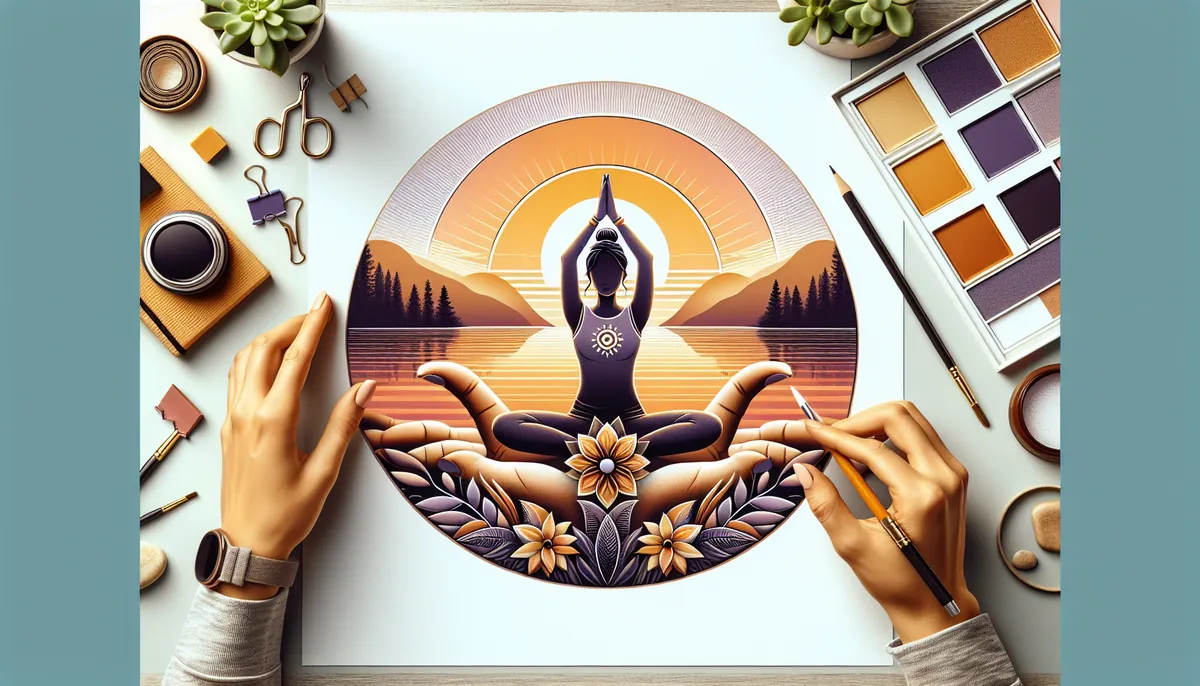In the fast-paced world we live in, emotional balance is often elusive. Many individuals turn to yoga as a comprehensive practice for physical and mental well-being. However, one of the lesser-discussed aspects of yoga is the use of yoga mudras, which are hand gestures that channel energy flow and influence various aspects of our lives, including emotions.
Yoga mudras are an integral part of the yoga tradition. They have been used for centuries in meditation and physical yoga practices to enhance concentration, promote healing, and bring about emotional balance. In this blog post, we will explore the concept of yoga mudras, their benefits for emotional regulation, and how to incorporate them into your daily routine.
Table of Contents
- Understanding Yoga Mudras
- Benefits of Yoga Mudras for Emotional Balance
- Incorporating Mudras into Your Yoga Practice
- Scientific Insights and Evidence
- Conclusion
Understanding Yoga Mudras
Yoga mudras are symbolic gestures that influence the mind and body’s energy flow. The term “mudra” means “seal” or “gesture” in Sanskrit. Each mudra has a specific impact on your spiritual and emotional state.
- Jnana Mudra: Used in meditation, representing the union of individual and universal consciousness. It is excellent for improving focus and concentration.
- Chin Mudra: Similar to Jnana Mudra, but with slight differences, it is believed to inspire openness and mental clarity.
- Prana Mudra: Known as the life force mudra, it revitalizes your energy and reduces fatigue.
For beginners looking to deepen their practice, mudras can be easily integrated into meditation or yoga sessions, enhancing overall mindfulness and emotional resilience.
Benefits of Yoga Mudras for Emotional Balance
Practicing various mudras can provide numerous benefits for emotional equilibrium, including:
- Stress Reduction: Certain mudras, like the Apan-Vayu Mudra, aid in calming the heart and reducing stress levels.
- Emotional Stability: Mudras influence the nervous system and can help stabilize fluctuating emotions.
- Enhancing Mindfulness: Regular practice of mudras encourages focus and awareness, leading to better emotional control.
Mudras like the Bhairava (Shiva Mudra), for instance, are particularly effective in balancing the masculine and feminine energies within, providing a sense of inner strength and peace.
Incorporating Mudras into Your Yoga Practice
Incorporating mudras into your yoga practice doesn’t require much effort and can be done in various settings:
- During Meditation: Sit in a comfortable position, choose a mudra, and focus on your breath while maintaining the gesture.
- In Yoga Asanas: Holding mudras while performing yoga poses can amplify the effects of the asanas. For example, use Jnana Mudra during seated poses for improved concentration.
- Throughout the Day: You can practice mudras while sitting at your desk or during travel. They require minimal movement and can be done discreetly.
Scientific Insights and Evidence
While yoga mudras have been practiced for centuries, modern science is beginning to acknowledge their effectiveness. Studies show that mudras stimulate different brain regions, leading to changes in psychological states and behaviors.
For instance, a study published in the International Journal of Yoga notes the positive impact of mudras on stress reduction and mental clarity, corroborating traditional beliefs with scientific evidence.
Conclusion
The practice of yoga mudras is a powerful yet underutilized tool for achieving emotional balance. By integrating mudras into your yoga and meditation routines, you open yourself to profound inner transformation and harmony.
If you’re interested in learning more about the transformative power of yoga, check out our post on Mastering Yoga Mudras for Inner Harmony and Balance and how Yoga and Mindfulness can lead to inner peace.
Feel free to experiment with different mudras and observe the changes they bring to your mental and emotional landscape.
Call-to-action: Have you tried practicing mudras in your daily routine? Share your experience in the comments below! Let’s spark a conversation and learn from each other’s journeys.
